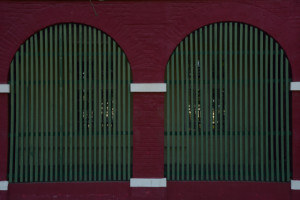“What’s a Photography Biathlon?”, you might ask. That is a very good question, and if you had asked me that yesterday I wouldn’t have a clue.
However, during this morning’s run it came to me. For some time I’ve been wanting to post a blog entry about my morning runs in the hills above Kingston, which are the gateway to the Blue & John Crow Mountains National Park. Of course, any blog post that I do requires photos, but I don’t like to mix my running with my photography – I feel that one distracts from the other. Since today was my long run and I had my Samsung J5 with me anyway (using my Runtastic app), I decided to – as the company from Beaverton says – Just Do It.
My run this morning was a 10K run – 5K uphill and 5K down. The steepest stretch is the 1st kilometre, and this tends to be my slowest pace and so this is when I started shooting. Now, I tend to muse while I run so later on in the run I thought to myself “here I am, running and shooting, like I’m doing some kind of photography biathlon”. Eureka!! Then the next thought was, “another challenge for my photography students”. (I’m not sure how they’d take to the idea).
As I ran (and shot), I began to formulate the criteria. Firstly, it won’t work for distances less than 10K, because the runner needs to have put in the distance and/or the pace at the end of the day. Secondly, you are to average 1 photo per kilometre, and finally, the runner decides when during the run they shoot. Today I shot during the uphill 5K, so that my downhill run would be uninterrupted (although I was distracted by the goats in the final kilometre). The winner would be the person with a combination of the best photos (taken during the shoot – no editing) and the best time.
So, any takers for a Photography Biathlon?









